|
|
|
Purging, decluttering, downsizing – these are all different ways of referring to the process of pairing down one’s belongings. Whatever you call it, this process is often thought of in negative terms – what must I get rid of? The problem is most people like their stuff and are therefore reluctant to part with it, even if they recognize they have way too much. Asking “What must I get rid of?” puts a negative emphasis on the decluttering process. This is unfortunate because there are many positive effects that come from reducing the excess in our lives. Reframing this and other questions associated with purging or decluttering can make the process simpler and less stressful.
The purpose of stuff is to make our lives easier and more enjoyable. Every thing serves a function. In some cases, the function is simply to make someone smile. Often, however, we become weighed down by our things, and instead of adding to our well-being, they detract from it. To truly understand what it is you want from your stuff, you need to look deeper at what you want out of life. If your clutter is causing you stress, then you’re not living your ideal life. What does that life look like? If your home and life were clutter-free, what would you do with your new-found freedom? What would your environment look like? How would you spend your time? How would your space feel? The answers to these questions will help you develop a vision for your space and your stuff as a support structure for your ideal life.
Once you have a vision of your ideal life, you can put that vision to work to help you create an environment wherein you can thrive. It can be helpful to generate mental and visual imagery to inspire, energize, and motivate you throughout the decluttering process. Start by writing a vision statement for your ideal life and/or space. If you’re having difficulty articulating your vision, try brainstorming words that characterize what you’re striving for. These could be words that describe the space itself such as comfortable, classy, spacious, clutter-free, cozy, peaceful, homey, inviting, timeless, open, kid-friendly, rustic, personal, etc. You can also list words or phrases that illustrate how you want to live in or use the space such as relax, unwind, meditate, entertain, create, play, read, watch movies, or exercise, to name a few. Another way to capture your vision is through images. Look for pictures on the internet or in magazines of interiors or activities that epitomize your desires. Print them or cut them out and use them to create a vision board. Place your board where you will see it frequently. It’s important that your vision board is readily visible without having to open a book or log on to your computer. It needs to be out on display to be truly effective as a source of inspiration. Please note that the goal here is to embrace a realistic vision for the space you live in, not a 4,000 square foot dream home with an ocean view, game room, sauna, and bocce ball court (unless, of course, that accurately describes your current home). Whether you live in a tiny one-bedroom apartment or a rambling 1960’s ranch-style home in need of renovation, focus on idealizing your space. Keep the dream home as a long-term goal, but make a short-term goal of loving where you live now. Among military families this is referred to as ‘blooming where you’re planted’.
This blog post began with a question – What must I get rid of? When your focus is on positive purging, you ask different questions. Instead of fixating on what you have to part with, your emphasis shifts to what you’re going to keep. Your vision statement becomes the litmus test for determining what things deserve a place in your home. Instead of asking “What must I get rid of?”, consider asking questions such as:
Focus on finding your treasures, those things that speak to your heart and support your needs and desires for your home and your lifestyle. Positive purging is mindful purging – purging with an inspired purpose. When you purge positively, you don’t have to think about how much you spent on an item, or whether it might be useful someday, or who might be offended if you get rid of something. Instead, you concentrate on the lifestyle you want to foster.
Some stuff is junk and as such it belongs in the trash, but many items have value, even if they no longer serve a purpose for us personally. This is, of course, one reason people struggle to get rid of things they really don’t want or need. Positive purging has two facets. The first is focusing on what you want and need to keep to meet your own needs and desires. The second is finding a happy and appropriate home for those things you’re letting go. This can be achieved in a variety of ways. Many people hold onto empty containers thinking they may come in handy. These include glass jars, plastic containers with lids or shaker tops, empty pill bottles or film canisters, and cardboard boxes in all shapes and sizes. If you do not have an immediate use for these items, get rid of them. If at all possible, please recycle them. Other items still in serviceable condition can be given to others or sold. Knowing your unneeded items are going to a good home can make parting easier. You can feel good about helping the environment and/or helping those whose circumstances are less fortunate than your own. Taking a positive approach to purging can turn a painful process into an exciting quest for peace of mind, personal satisfaction, and overall well-being.
If you found this page helpful, please share it with others you know who may be struggling with decluttering. Please leave me a comment as well in the section below. I would love to hear from you!
10 Comments
3/4/2019 03:05:56 pm
So true that you need to start with a vision. Getting your priorities figured out is necessary to the process. Organizing requires a lot of decisions, and you need a rubric within which to make those decisions. Start with your end in mind and the process will be much easier!
Reply
3/4/2019 05:43:08 pm
Thanks for your comment! You're so right about making the process easier by thinking about the end goal. I like the comparison of a vision to a rubric - a method for measuring what you value.
Reply
3/4/2019 03:55:43 pm
I enjoy decluttering because I like being able to find functional homes for everything. In the process, I often find stuff I no longer need or want, and it makes me happy to find new homes for them, whether through donation, giving to someone who can use it, or disposing of it if it's no use to anyone else either.
Reply
3/4/2019 05:46:45 pm
I like that too! I always seem to have a donation box in my garage, even days after I drop off a donation because I'm always finding things I'm ready to pass on.
Reply
3/4/2019 05:05:53 pm
Asking questions is a great way to move the organizing process along. You posed excellent ones. Another way to work around potential negativity when decluttering and releasing is to hunt for the treasures. So instead of focusing on the things that you don't want, first identify the things that are absolute keepers. That can shift the energy of the work in a positive way.
Reply
3/5/2019 08:28:58 am
Love all your ideas. Staying positive with your vision and goals is so important in the long run.
Reply
Brian
3/25/2019 06:34:51 pm
I like the ideas of a positive vision and asking the right questions. The question for me now is what do I want this space to look like? I know what I want it to do, but I now need to get it to look the way that it needs to so that it can do what I want it to do for me.
Reply
3/26/2019 01:02:15 pm
I like where your thinking it taking you. Sometimes it takes a while to catch the vision, but if you're thinking about it, it will come.
Reply
Leave a Reply. |
Archives
November 2022
Categories
All
|
Proudly powered by Weebly
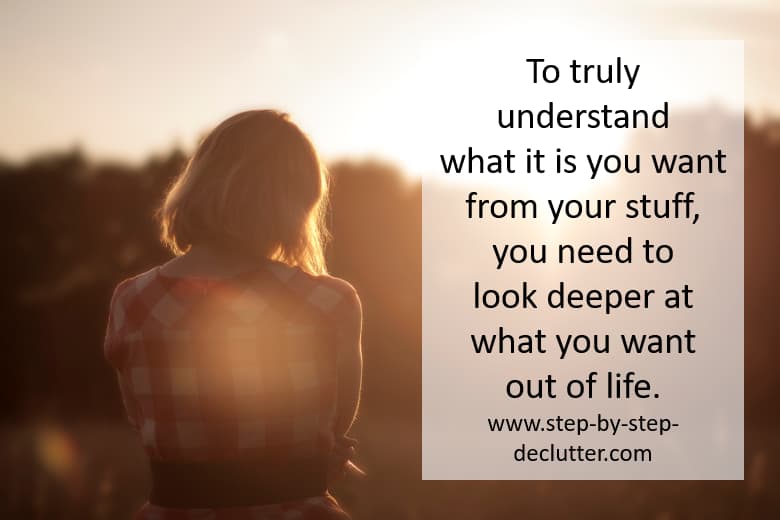
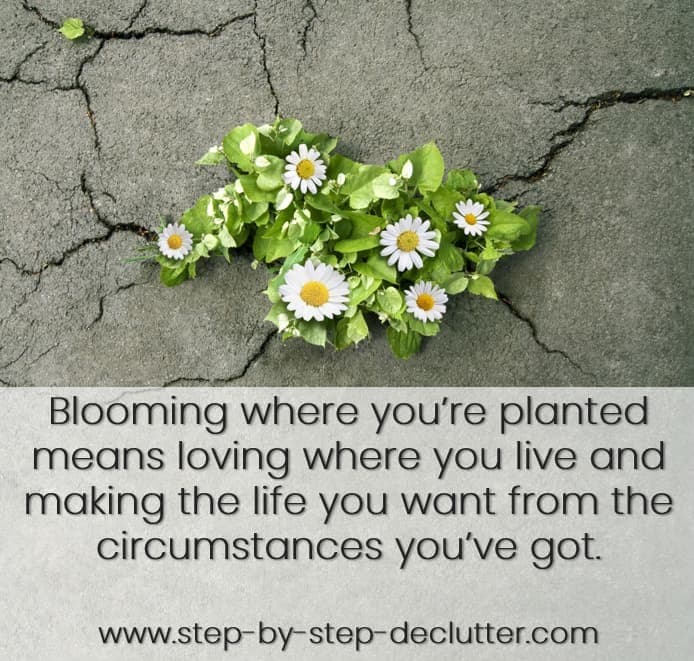
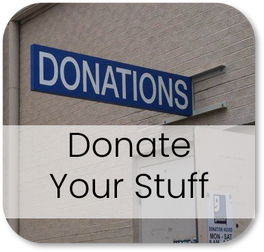

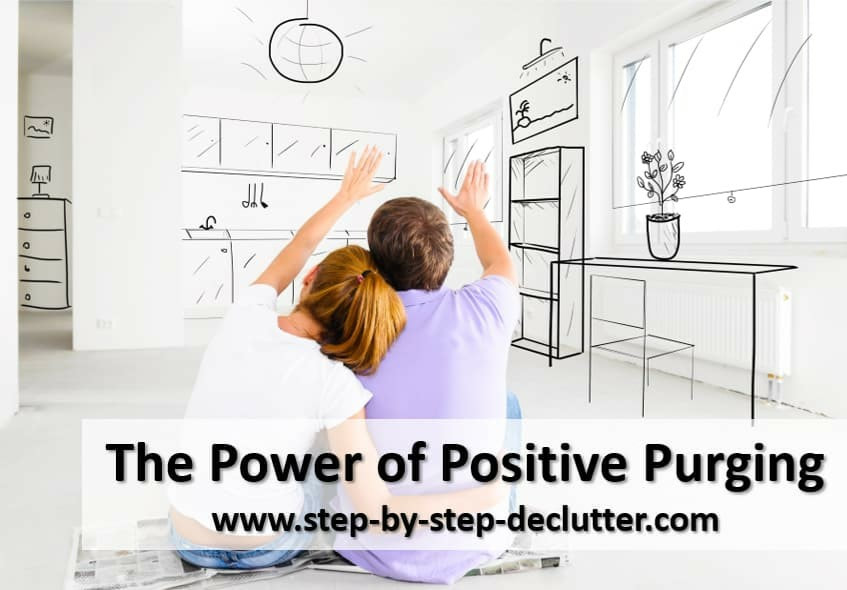
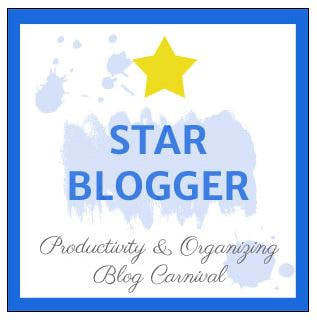
 RSS Feed
RSS Feed